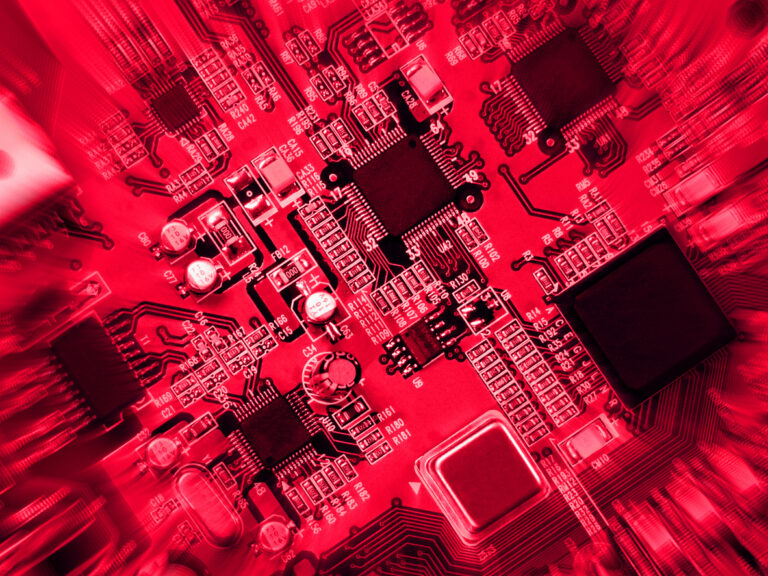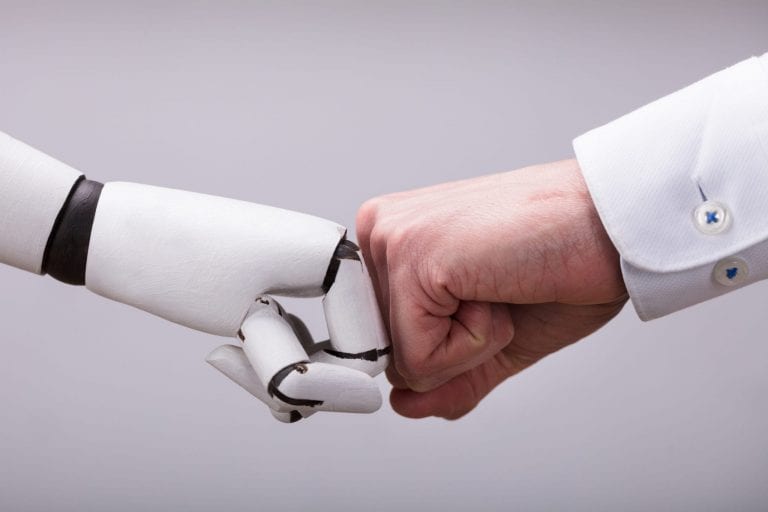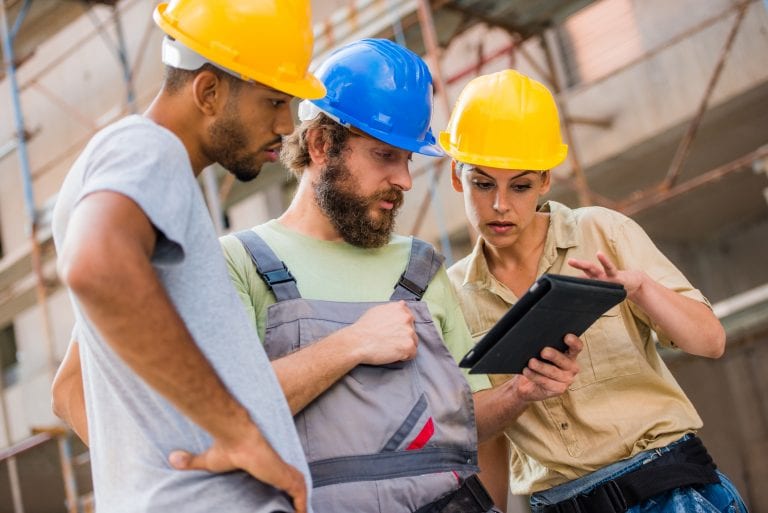
Construction has been slow compared to other industries to adopt technology, but it’s starting to catch up as technology gets more sophisticated to accommodate the industry’s unique needs.
Michael C. Brown, a Skanska executive vice president and general manager in Florida, attributes construction’s tech dawdling to the idea that no two construction projects are the same. “When you make a car or airplane, you have a lot of repetition in that work,” he said. “The automation you implement can be a bit more simple because the task is repetitive.” Construction, however, requires uniqueness almost every step of the way, he said. “Technology needs to be more sophisticated because [most] construction tasks aren’t repetitive.”
As that sophistication continually evolves, firms need to be more cognizant of how, exactly, the tools available and under development are going to change the way they do business.
Automation makes human work more important
Is automation taking jobs away from the construction industry? Rather than fear that it is, Autodesk CEO Andrew Anagnost encouraged attendees of Autodesk University 2017 to think about where automation can take the industry. This past November, he followed up on the thought in his keynote address, noting that automation will introduce new ecosystems into the workplace that will give professionals the opportunity for better and more meaningful work by taking away redundant and repetitive tasks. “[Automation] increases the importance of our expertise and creativity,” he said.
And although automation could displace up to 2.7 million construction workers by 2057, according to a report from the Midwest Economic Policy Institute, the study’s co-authors told Construction Dive that “as long as 100% of the task cannot be automated, there will still be a need for human labor.”
Construction Robotics’ semi-automated mason robot, for example, is designed to work alongside a human, as is its Material Unit Lift Enhancer. The company always starts by asking where someone is doing redundant work and could benefit from a machine taking the physical strain out of the work or increasing work speed.
Tech enhances worker safety
Autodesk also shared its predictions about artificial intelligence (AI) and machine learning with Construction Dive, indicating that “AI and machine learning will be broadly applied in construction to reduce risk and improve project performance across the project lifecycle. We predict that AI will also be applied to identify change risk and predict and prevent those changes earlier in the project lifecycle. In the year ahead, we will more regularly see AI and machine learning on the jobsite and, as a result, more firms will realize its benefits to the construction workflow, saving companies time, money, and most importantly, increasing workers’ safety.”
Stephen Muck, chairman and CEO of Brayman Construction Corp. and cofounder and president of Advanced Construction Robotics, the firm behind Tybot, the rebar-tying robot, told Construction Dive that robotics could supplement construction in numerous ways, including extending career times by allowing a robot to perform more physically demanding tasks.
Muck also thinks that “another dimension is that, as robots become more common in construction, they function as a draw to bring younger, technically-savvy people into the construction workplace.”
Source: Construction Dive





